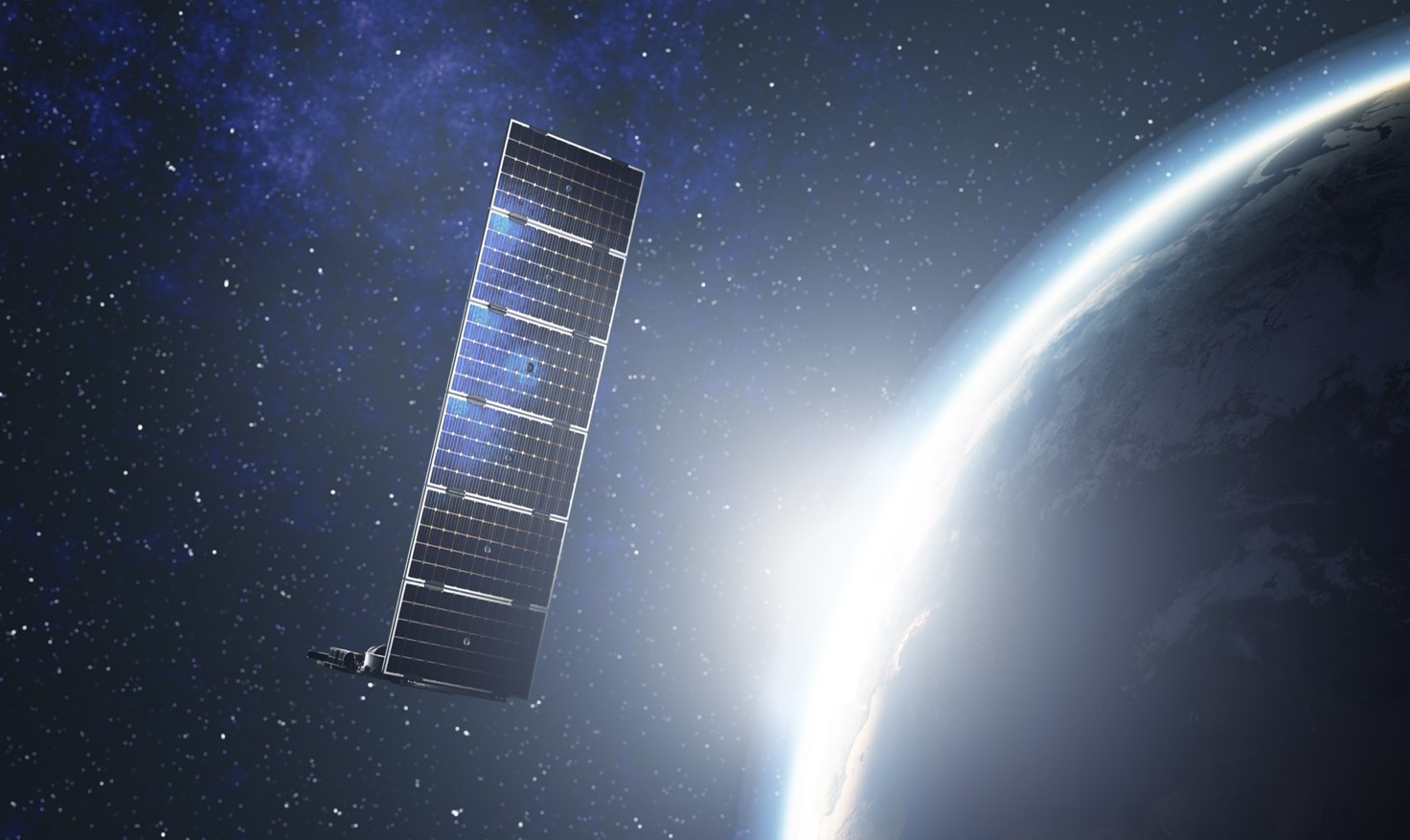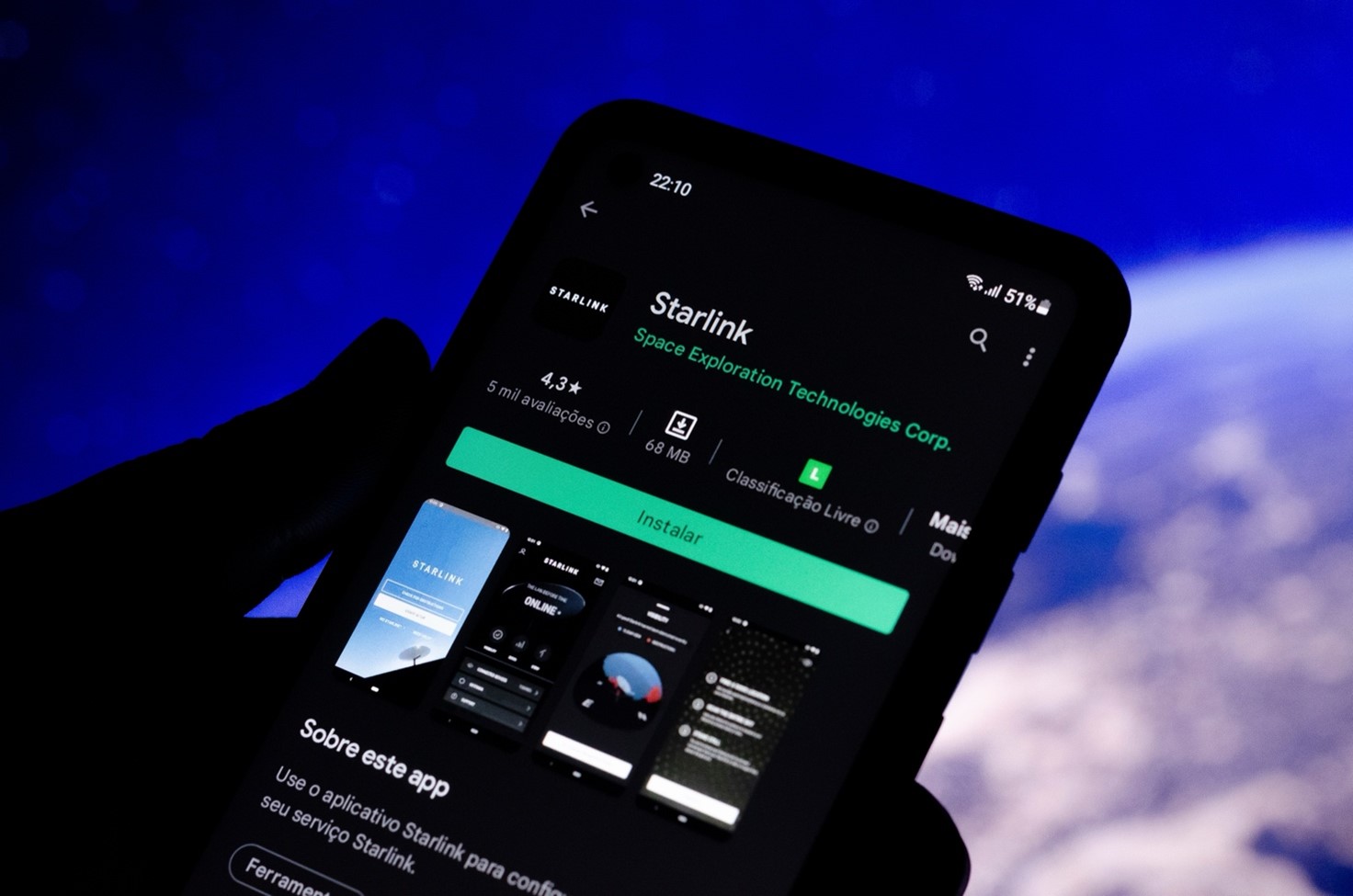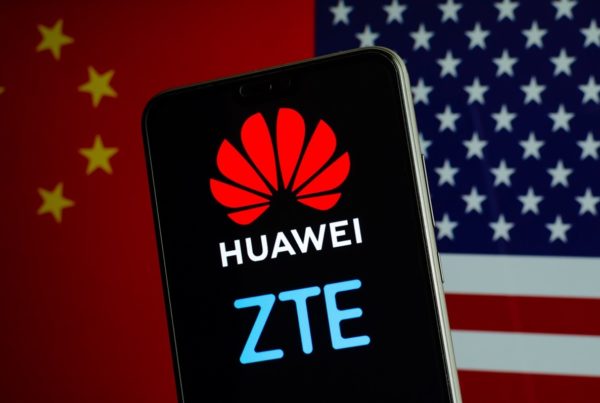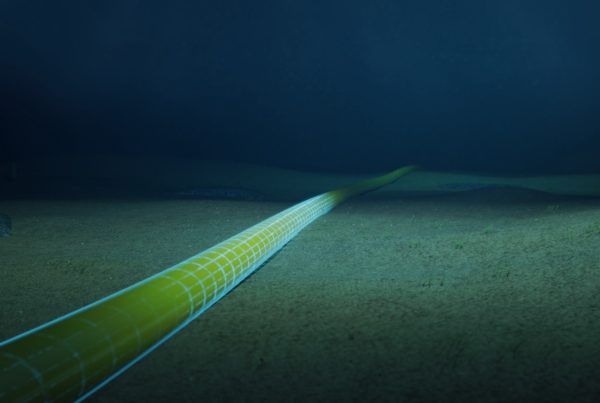After five years from its foundation, Starlink established itself as strong, profitable, and innovative enterprise: U.S. tycoon Elon Musk undoubtedly succeeded in launching the first set of satellites for the deployment of Starlink constellation in 2019. According to the latest data, this year Starlink is expected to reach 6.6 billion dollars revenues. After deducting taxes, depreciation, and capital expenditures, the remaining $600 million cash flow will fund Musk’s space projects for Mars discovery.
What is Starlink
Starlink main goal is to launch almost 12.000 small satellites into orbit, at an altitude between 1,100 and 1,300 kilometers, designed to provide high-speed internet connection. This service boasts a latency of 25-35 milliseconds, a significant improvement over current technologies that experience latencies up to 600 milliseconds. To this day, SpaceX satellites provide 3 million users from 100 countries, of which 40 thousands in Italy, with high-speed internet connection; these users are currently resorting to 6 thousands in orbit satellites but it is still hard to keep a precise record of them all. Last April, Starlink launched 22 satellites into orbit: creating a constellation of low-Earth orbit satellites for data transmission wasn’t an easy challenge. Although the idea was not new, it had been plagued by lots of repeated failures.
Teledisc, supported by Bill Gates, failed before being able to launch one of the 900 satellites for its constellation while Oneweb, which was about to fail three years ago, was later acquired by the UK Government and by the Indian Bharti group which let it be part of Eutelsat system. The low Earth orbit satellite, 400 to 1.500 kms from Earth soil, allows for lower latency times than those satellites in geosynchronous orbit which are being used for data transmission. Starlink measures the response time to a user’s command in tens of milliseconds, making the delay nearly imperceptible. This is particularly noticeable in contrast to traditional connections, except when working with sites that frequently experience line interruptions. The low Earth technology certainly changes terms midway as users always see different satellites: this happens because at that height, which is almost the same one as per the International Space Station, each Starlink satellites orbits the Earth in 90 minutes or so.
 New challenge for mobile networks
New challenge for mobile networks
Starlink is currently focusing on a new challenge: providing mobile network connection through its satellite network. Last January, Space X launched the first group of Starlink satellites to connect mobile phones to the network providing them with broadband satellite internet connection without using antennas. The service will be tested over the year in partnership with U.S. mobile company T-Mobile and some other telecommunication companies from Australia, Canada, and Japan. Last December, Space X got the go-ahead from the U.S. Federal Commission to test the new system (it will have 6-month period to complete trials). 840 satellites, transmitting a 4G signal to approximately 2,000 unmodified smartphones, will be part of the trial. The company has explained that satellites will act as mobile network towers in the space. The first phase will focus on assessing the real capability of direct connection between satellites and smartphones, as well as its stability, whereas during the second one, taking place in the coming months, SpaceX aims to ensure the activation of messaging services, while by 2025, it may also introduce voice calls, data connectivity, and integration with the Internet of Things (IoT). Should everything go properly, the U.S. company will call on U.S. government to approve the launch of the commercial service which, according to Musk, “will enable mobile phones connectivity across the entire globe”.
 Starlink in Italy
Starlink in Italy
Starlink rollout in Italy happened last year when Elon Musk’s company started providing its services both to private and public customers. Today the company counts for 40 thousand users, but Elon Musk strives for the conquest of the Italian market. This is particularly crucial because ultra broadband connectivity satellites play a crucial role in ensuring a proper internet access in rural and mountain regions where fiber optic has not yet been reached. Reducing the Digital Divide has indeed been one of the main factors which led Starlink launching its service in our country. Moreover, according to the latest data from U.S. company, Ookla, Starlink has a higher-speed connection than the one of other Italian telcos. Among the 27 countries examined in the second quarter of 2023, Starlink achieved faster speeds than those of fixed broadband providers in 11 countries, including Italy, Austria, Belgium, Bulgaria, Croatia, Czech Republic, Estonia, Greece, Ireland, Latvia and United Kingdom.
Starlink challenges in Italy
The service provided by Starlink in our country has triggered such a complex competition among the major Italian operators working for the development of broadband technologies. It concerns Open Fiber – committed to installing broadband technologies in the most rural regions – which is experience some delays in implementing its plan. Just few weeks ago, the Joint Committee of the Court of Auditors stated that “company experienced delay in developing digital infrastructures in the framework of the Broad Band Stragey.” Moreover, company’s shipyards are experiencing delays in the implementation of Piano Italia 1 Giga, promoted by Government’s NRRP and carried out by Infratel for gray areas. Should Italy not be able to provide those areas with internet connection, it would risk losing 1.8 billion of European funds. Open Fiber is, thus, facing hard times and it is in this framework that Starlik would come into play. According to some reliable sources, Musk “would have told U.S. government about a capacity reservation which would be able to meet the needs and requests of more than 500 thousand users, in less than 6 months, with an estimated economic growth impact between two and three billion dollars. As fiber optic seems to perform better than satellites connectivity, there are ongoing discussions about Starlink’s participation to improve broadband networks in our country. Furthermore, there is the need to maintain a market stability considering investments made by traditional operators, like Tim.
 The ongoing debate with Telecom
The ongoing debate with Telecom
According to Musk, Telecom group is hindering Starlink plans. According to media reports, the debate is so exacerbated that Musk’s company filed a complaint to the Italian Communications Regulatory Authority (AGCOM) and the Ministry of Enterprises and Made in Italy asserting that Telecom Italia is not abiding by rules on sharing data to avoid interference with its devices. As a result, Starlink services might encounter development challenges in Southern Europe and North Africa. On the one hand, Telecom asserts that it is about “a partial reconstruction of the facts that fails to consider the ongoing discussions” adding that the access to Starlink shouldn’t be allowed based on specific technical frequencies only; on the other hand, Starlink asserts that the ongoing unsuccessful access to data (the first request dates back to October) is heavily slowing down and delaying the implementation of new gateway devices.
According to Starlink, Telecom Italia, unlike other operators, “has explicitly informed Starlink about its refusal to work with them and not to share necessary data.” This might cause service disruptions in some parts of Southern Europe and North Africa that are partially powered by Italian devices. In its complaint to Italian bodies, Starlink has called upon the Ministry of Enterprises and Made in Italy to push Telecom Italia to do its part and cooperate on frequencies. Shouldn’t it happen, Starlink – which has already negotiated agreements with Eolo and Open Fiber – threatens to move its investments to other European countries. To take on these challenges, the Minister of Industry and Made in Italy, Adolfo Urso, has arranged a meeting to reduce frictions and encourage dialogue between Starlink and Tim, whose partnership ended some months ago.
Final thoughts
Starlink access to the Italian market has undoubtedly changed the scenario for tlc operators. A new player operator capable of providing reliable and high-speed connections through satellites and, above all, capable of possessing significant investment capacity, has disrupted a previously stable landscape. This is particularly true for Open Fiber in the framework of broadband connectivity in the most inaccessible areas of the Country (something which risks changing Starlink technologies). This is not the same for Telecom, which hasn’t encouraged Starlink’s access to the necessary frequency spectrum required for the group’s expansion in Italy and along the southern shores of the Mediterranean. As a result, they are confronting a complex scenario, involving companies and countries’ interests, which might change Italian technological landscape in the years to come.





